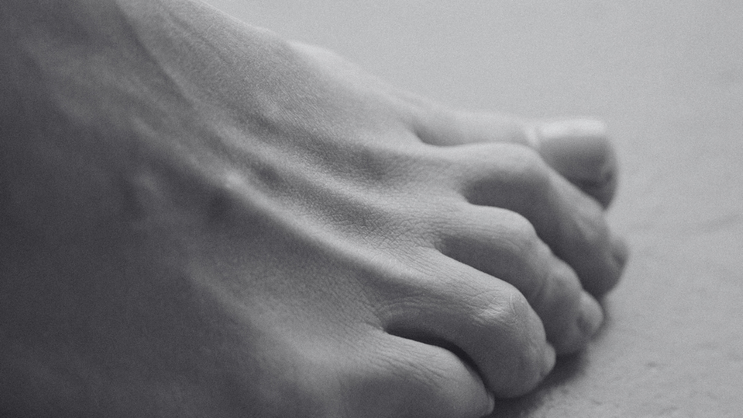Exercises and Stretches to Improve Mobility in Toe Arthritis
Toe Arthritis exercises
Arthritis in the toes can be a challenging condition, causing pain, stiffness, and a reduced range of motion. However, incorporating specific exercises and stretches into your daily routine can significantly alleviate symptoms and improve mobility. In this article, we’ll explore effective exercises and stretches that can help manage toe arthritis, allowing you to maintain an active lifestyle. Our focus will be on practical, easy-to-follow techniques that you can perform at home, promoting both flexibility and strength in your toes.
Understanding Toe Arthritis
Toe arthritis, particularly osteoarthritis, results from the wear and tear of cartilage that cushions the joints. This degeneration can lead to pain, swelling, and decreased movement. While there is no cure for arthritis, regular exercise can play a crucial role in managing arthritis symptoms. Not only do exercises help maintain joint function, but they also strengthen surrounding muscles, providing better support to the joints.
Benefits of Exercise and Stretching for Toe Arthritis
- Improved Range of Motion: Stretching helps maintain and improve the flexibility of your toe joints, which is crucial for everyday movements.
- Pain Reduction: Regular movement helps lubricate the joints, potentially reducing stiffness and discomfort.
- Increased Strength: Strengthening exercises can enhance the muscles around the joints, providing better stability and reducing the strain on the arthritic area.
- Better Balance: Stronger toe muscles contribute to improved balance and stability, which is particularly important for preventing falls.
Recommended Exercises and Stretches
Below are some recommended exercises and stretches designed to improve mobility and reduce the symptoms of toe arthritis.
1. Toe Flex and Stretch
How to Perform:
- Sit comfortably with your feet flat on the floor.
- Lift your right foot and place it on your left knee.
- Use your hands to gently bend all your toes backward, then forward.
- Hold each stretch for about 5 seconds and repeat 10 times.
- Switch to the other foot and repeat.
Benefits: This exercise stretches the toe joints and improves flexibility, reducing stiffness.
2. Towel Scrunches
How to Perform:
- Sit in a chair with your feet flat on the ground.
- Place a small towel under your feet.
- Use your toes to scrunch the towel toward you, then push it away.
- Repeat this motion for 1-2 minutes for each foot.
Benefits: Towel scrunches strengthen the muscles in your toes and improve fine motor control.
3. Marble Pickup
How to Perform:
- Scatter a few marbles on the floor.
- Sit comfortably in a chair and use your toes to pick up each marble and place it in a container.
- Do this for both feet, aiming for 10-15 repetitions.
Benefits: This exercise enhances toe dexterity and strength, promoting better joint stability.
4. Toe Splay
How to Perform:
- Sit with your feet flat on the ground.
- Spread your toes apart as wide as you can, then bring them back together.
- Hold the splay for 5 seconds and repeat 10 times.
Benefits: Toe splaying increases flexibility and strength in the toe muscles, aiding in better joint movement.
5. Achilles Stretch
How to Perform:
- Stand facing a wall with your hands resting on the wall for support.
- Step one foot back, keeping it flat on the ground, and bend the front knee.
- Lean forward gently, stretching the calf and Achilles tendon.
- Hold for 15-30 seconds and repeat 3 times on each side.
Benefits: While primarily targeting the calf muscles, this stretch also helps relieve tension in the foot, improving overall flexibility.
6. Toe Curls
How to Perform:
- Sit with your feet flat on the floor.
- Curl your toes under as far as possible, then release them.
- Repeat this curling motion 10-15 times for each foot.
Benefits: Toe curls help strengthen the muscles on the underside of the foot and improve joint stability.
7. Ankle Alphabet
How to Perform:
- Sit comfortably with your legs extended.
- Use your big toe to “write” the alphabet in the air, moving only your ankle.
- Perform this exercise with both feet.
Benefits: This exercise enhances the range of motion in the ankle and toes, reducing stiffness and promoting flexibility.
Managing toe arthritis can be challenging, but incorporating these exercises and stretches into your routine can help improve mobility, reduce pain, and enhance your quality of life. Remember, the key to success is consistency and listening to your body’s needs. If you experience increased pain or have concerns about your exercise routine, please get in touch with us to book in a consultation to see how we can help you reduce pain and improve your overall quality of life.


